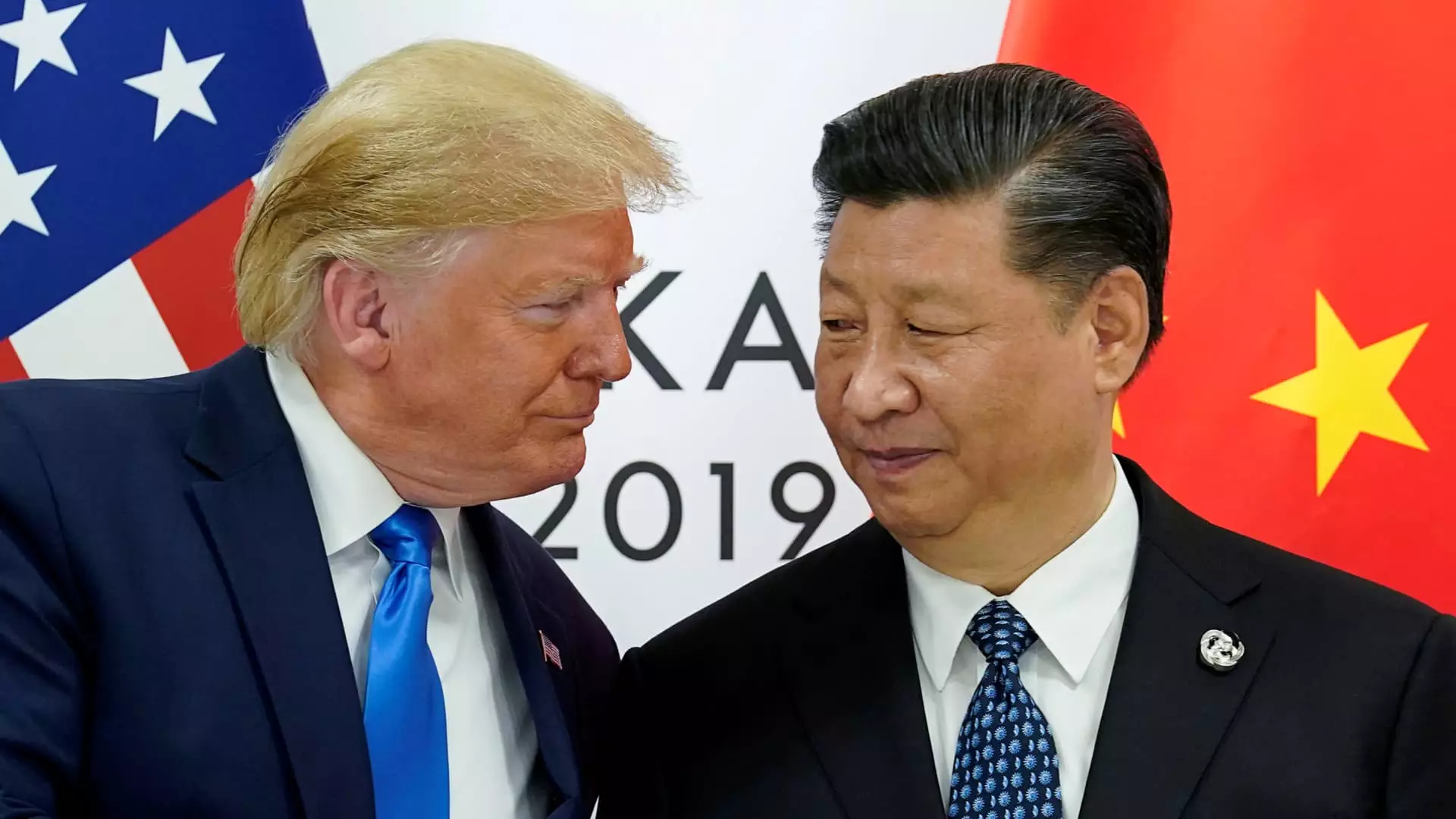In the realm of international trade, the dynamics between the United States and China have grown increasingly complex. As the U.S. administration considers elevating tariffs on Chinese exports, with a potential increase of up to 10% looming on the horizon, both countries are navigating a tricky path. This is particularly underscored by U.S. President Donald Trump’s indications of a broader tariff strategy that might affect not only Chinese goods but also those from neighboring countries. The White House’s decision to probe China’s trade practices signals a pivotal moment—one where negotiations could define the future of bilateral relations.
In response, China’s Ministry of Commerce has reiterated its commitment to maintaining open lines of communication with American officials. Spokesperson He Yadong emphasized the necessity for robust dialogue, suggesting that both nations should work harmoniously to resolve disputes and foster cooperative ties. This stance reveals China’s strategic approach: it wishes to stabilize and nurture economic relations while asserting its national interests. He echoed the sentiments of China’s Foreign Ministry, which underscored the importance of mutually beneficial partnerships and a sustained dialogue to navigate the challenges presented by the evolving trade landscape.
Conversations at the highest levels of leadership appear vital to maintaining this dialogue. President Trump confirmed having discussions with Chinese President Xi Jinping, underscoring the importance of executive communication. However, the lack of details surrounding these discussions—especially regarding significant topics like the future of TikTok—could indicate a desire on both sides to tread carefully. Xi’s emphasis on collaboration suggests a recognition of the interconnectedness of their economies, hinting at a mutual understanding that conflicts in trade can yield detrimental results for both parties and the global economy at large.
The potential for new tariffs, while concerning, must be understood in the context of previous negotiations and intentions. Trump’s original proposals suggested more severe tariffs, with figures as high as 60% under consideration. The current proposed increase of 10% must be viewed as a beacon of hope for negotiators who seek to find common ground. Nevertheless, trade experts warn that any form of elevated tariffs could complicate the relationship further, stifling the growth opportunities both sides desperately want to exploit.
Looking ahead, the sustained dialogue and cooperation between the U.S. and China will be crucial in resolving the trade tension. The foundation of “mutual respect” and “win-win cooperation” put forth by Chinese officials can serve as a framework for future negotiations. As both nations grapple with their interests and the harsh realities of an interconnected global economy, the call for sustained engagement remains essential. The hope is that through continuous discussion, a balanced and fair approach to trade can emerge, benefiting not just the two nations involved but the global market as a whole.

